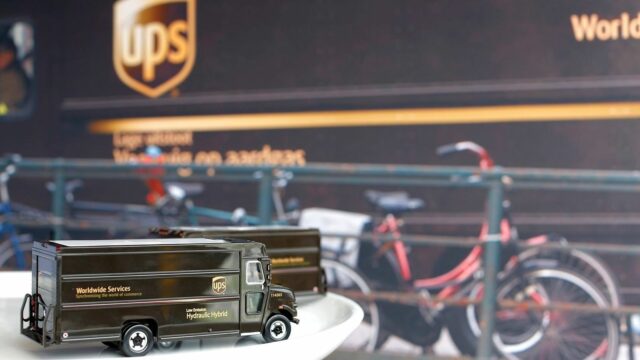Remember the “never turn left” theory? It turns out it isn’t just a myth, as UPS proves





The shortest route isn’t necessarily the fastest, most efficient, or safest, so why is UPS so afraid of the left-hand turn? The delivery company trained its drivers to avoid turning left as much as possible, and the results are mind-blowing.
Over a year, the UPS fleet used 10 million gallons less fuel, emitted 20,000 tons less carbon dioxide and delivered 350,000 more packages. Although the total number of trucks UPS was using was not disclosed, the efficiency of route planning led the firm to cut the number of vehicles by 1,100 units. It's not just a myth; well, actually it was a myth, but it was busted.
So, paradoxically, a little longer (and better planned) route can bring costs down, and also reduce the impact on climate change. Another important aspect worth mentioning is safety.
Matt McFarland’s Washington Post article from 2014 shows (based on gathered federal data) that 53.1 percent of crossing-path crashes in the U.S. involve left turns (as opposed to only 5.7 percent of accidents that involve right turns). Moreover, “left-hand turns were three times as likely to cause a deadly crash involving a pedestrian as right-hand turns.” The numbers might differ in other zones, but not by a large margin. The left turns are as dangerous as they are inefficient.

There are solutions to eliminate as much as possible the left turn, as entering/exiting a highway proves, but these things need to be made mandatory by the authorities — and this is a painstakingly long and hard battle, mostly with the drivers’ rooted mentality and already cemented “mechanics.”
The UPS case was brought to attention as early as 2014. Then, UPS senior vice president Bob Stoffel told Fortune why eliminating (as much as possible) the left turns a good idea: “Number one, you have a safety factor of crossing traffic, and number two, you have the delay factor, particularly on busy roads. I’m talking commercial; I’m not talking residential roads.”
It’s likely impossible to convince companies to change their logistics — these things need money and time no one is willing to give — but there’s a chance autonomous vehicles of the future will make things right by not turning left. After all, they are not run by the need of convenience.
Image credit: UPS/Facebook, Gabriel D. Espinoza, Victor Valley News
